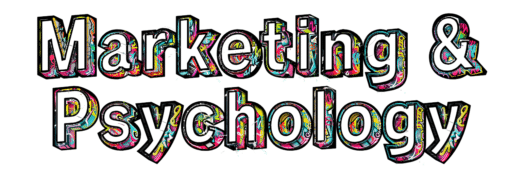Why Disneyland has fireworks.
Can you remember every day of your childhood? Most of us probably can’t (although people with hyperthymesia appear to be much better at remembering details than others). What you probably do recall though are the significant events in your life, such as birthday parties or childhood injuries. For example, I recall knocking out my front teeth on the school playground, aged around six years old!
Memories are notoriously unreliable. Elizabeth Loftus’s (1974) work with John Palmer for example has shown how memory can be guided e.g. asking how fast the cars were travelling when they ‘bumped’ or ‘smashed’ into one another. Memories are not simply video replays.
People often recall certain aspects of an event. This is referred to as ‘sharpening’, when specific details are picked out in a recollection of a specific moment. Famous after-dinner speakers for example, might pick out funny moments from their careers. Sometimes the opposite occurs too, known as ‘levelling’. If I asked you to recall a recent, normal day at work, you might ignore details such as the taste of your lunch or the music on the radio.
Many brands understand how to make memories stick. The drinks might taste pretty similar in many bars and pubs, but some offer a more memorable experience. At the Coyote Ugly chain for example, people dance on the bar top! Customers particularly remember ‘peak’ stimulating moments in experience, as well as the feeling when the experience ended. This is famously known as the ‘peak-end rule’, as described by Redelmeier and Kahneman (1996). Which brings us to Disneyland.
Disneyland Paris has fireworks on most nights, right before customers leave the park. Most people have a great time at Disneyland, and few recall the hours spent walking around and queuing for ride. What many do recall though are the thrilling rides (peak moments) and the great fireworks display (the ending). This then leads to positive word of mouth and brand loyalty.
Few brands have the resources of Disney, but every brand can consider in some way the details that customers will experience and pay attention to, and therefore what customers will recall.
Loftus, E. F., & Palmer, J. C. (1974). Reconstruction of automobile destruction: An example of the interaction between language and memory. Journal of verbal learning and verbal behavior, 13(5), 585-589.
Redelmeier, D. A., & Kahneman, D. (1996). Patients’ memories of painful medical treatments: Real-time and retrospective evaluations of two minimally invasive procedures. pain, 66(1), 3-8.
Photo by DESIGNECOLOGIST on Unsplash
